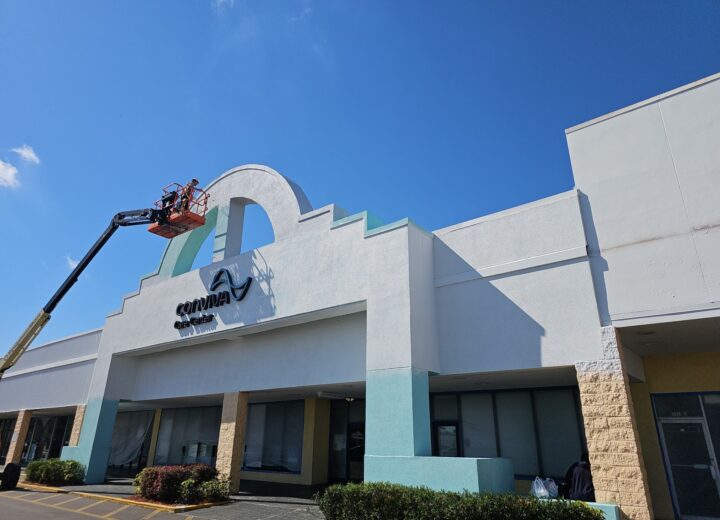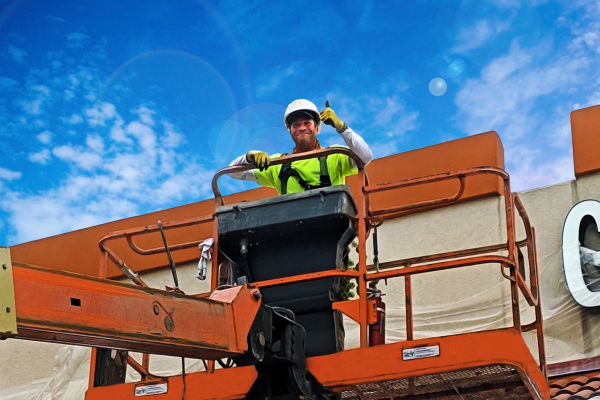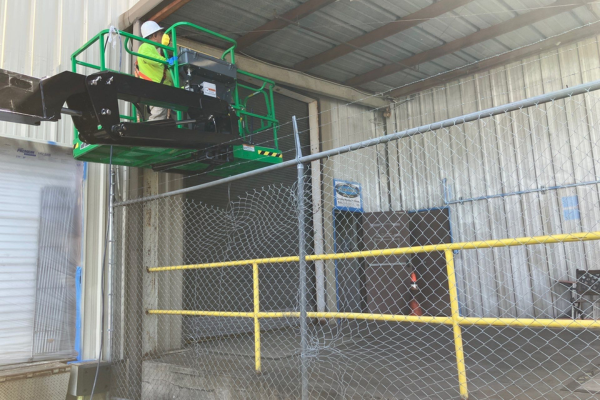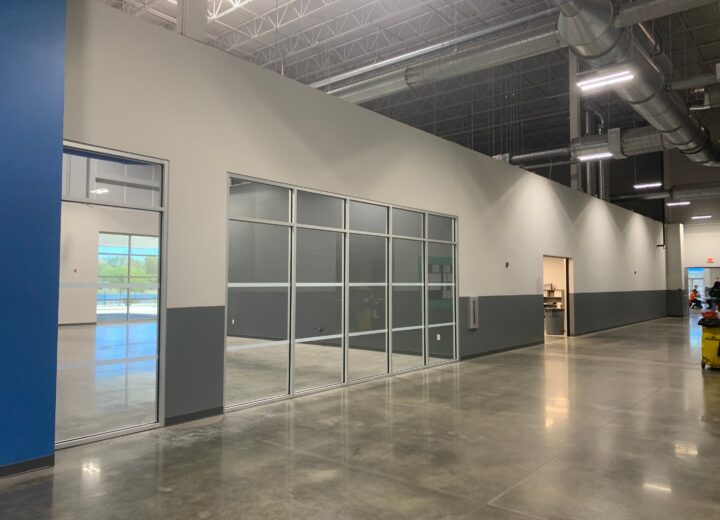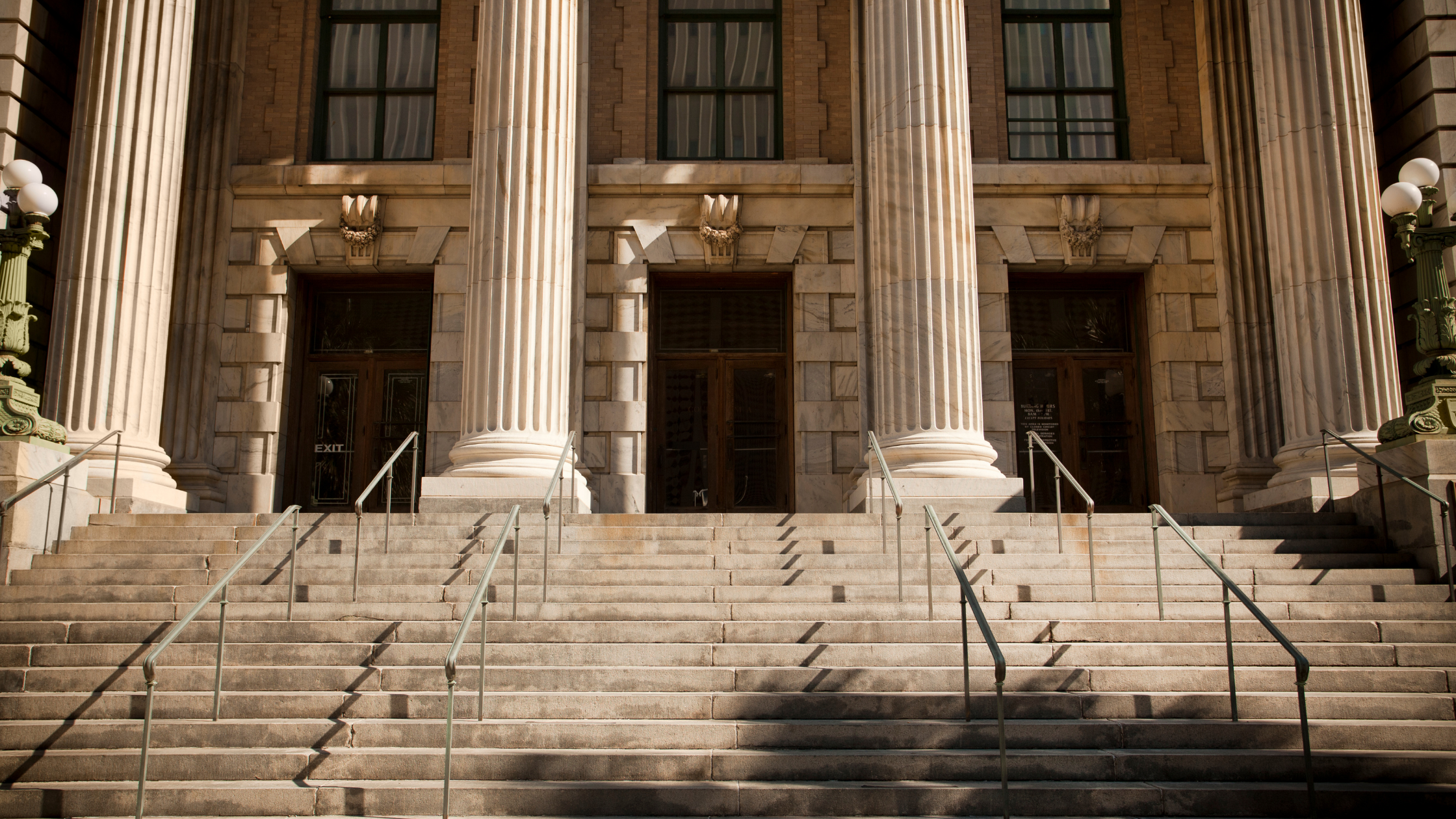 The combination of affordable upfront cost and strong long-term savings captured through specialty coatings has made them very popular for government buildings. Even local and county offices, not always known for extensive budgets, can control maintenance costs by selecting the right coatings.
The combination of affordable upfront cost and strong long-term savings captured through specialty coatings has made them very popular for government buildings. Even local and county offices, not always known for extensive budgets, can control maintenance costs by selecting the right coatings.
State and federal agencies show interest in specialty coatings as well, with targeted investments to improve the longevity of high-value assets. One area that’s gotten enhanced attention is the growing list of antimicrobial coatings, of which Sherwin-Williams Paint Shield is the first true microbicidal option.
That said, a variety of different coatings can be used to extend the lifespan of government buildings, balancing superior protection with the aesthetic quality the public associates with a well-run institution.
Visible signs of wear like rusting, chipped paint, or cracked concrete can undermine public confidence in an agency and its work. On the other hand, proactive maintenance is a quick and efficient way to keep a building looking its best for many years to come – while supporting fiscal responsibility.
Some of the most popular coatings for government buildings include:
1. Institutional Low-VOC Paint
Volatile organic compounds are regarded by many as the next frontier in regulations when it comes to public safety. VOCs are chemicals emitted as gasses from a variety of industrial products, including many paints. Direct exposure to VOCs can be hazardous, and they also have a lasting effect on indoor air quality.
EPA research has shown the concentration of many VOCs is consistently higher indoors than outside – up to ten times higher. Low-VOC paint is a wise strategic option for reducing VOC concentration in the workplace, along with cleaning supplies and other institutional products designed to minimize them.
Low-VOC paints are formulated to provide the same protection and appearance as their counterparts. They may cost slightly more to procure and apply, but the difference in indoor air quality is significant. Poor indoor air can aggravate many conditions, including respiratory issues, and drive absenteeism.
2. Concrete Sealing and Resurfacing
Many institutional exteriors use concrete to provide a timeless, solid appearance that weathers well. For concrete to age in an aesthetically pleasing way, it must be protected from moisture. Moisture intrusion often leads to cracks that can harbor mold and mildew and enable structural intrusion of water.
Luckily, damaged concrete can be effectively resurfaced. A smooth, uniform surface has a more desirable appearance and is easier to maintain. Likewise, an additional coat of sealant can be applied to safeguard the substrate against rain, wind, snow, and other environmental factors.
It’s worth mentioning concrete is not the only substrate that benefits from professional waterproofing. When performed by experts, waterproofing can help you protect your building’s foundation and extend the life of walls, doors, windows, and your roof as a result.
3. Anti-Slip Coatings
Anti-slip coating is used on interior floors, handrails, and other surfaces to reduce the risk of slip and fall. These coatings are common in manufacturing and research facilities that are generally closed to the public. However, they may also be used in some institutions that serve the public, such as clinics.
Application of anti-slip coating is one aspect of an overall OSHA-compliant safety strategy. Depending on the needs of your facility, you might also benefit from renewed safety painting or the use of epoxy floor systems that can facilitate slip-free driving of vehicles and equipment in garages.
4. Microbicidal Coatings
Microbicidal coatings are perhaps the most exciting recent breakthrough in specialty coatings for government institutions. While there has long been a selection of antimicrobial coatings, these merely inhibit growth of target pathogens. A true microbicidal coating destroys pathogens on the surface.
Sherwin-Williams dominates the microbicidal coating market with its Paint Shield product. Paint Shield has been extensively tested to reach high Environmental Protection Agency standards. It is capable of killing more than 99.9% of certain pathogens within two hours of exposure to a treated surface.
Paint Shield eliminates staph, MRSA, E. coli, VRE, and Enterobacter aerogenes bacteria, making it ideal for healthcare and food service areas. As many of these pathogens are closely associated with sudden, acute onset of digestive upset, microbicidal coatings keep personnel safer, healthier, and on the job longer.
5. Static Dissipating Systems
Static dissipating coating systems generally consist of a conductive water-based epoxy primer combined with an appropriate urethane topcoat. Antistatic paint can be used in a variety of situations to protect key assets, including industrial equipment and information technology devices. They are widely used in the electronics, defense, and aerospace sectors to prevent damage to sensitive components during assembly.
The ability to balance high standards with cost-effective value is crucial to any government project. Before a brush comes out, thorough planning should take place to ensure the right products will be applied to the right areas throughout your office to maximize performance.
{{cta(‘9356bbf0-d14e-480d-988b-2427a4af661a’)}}

